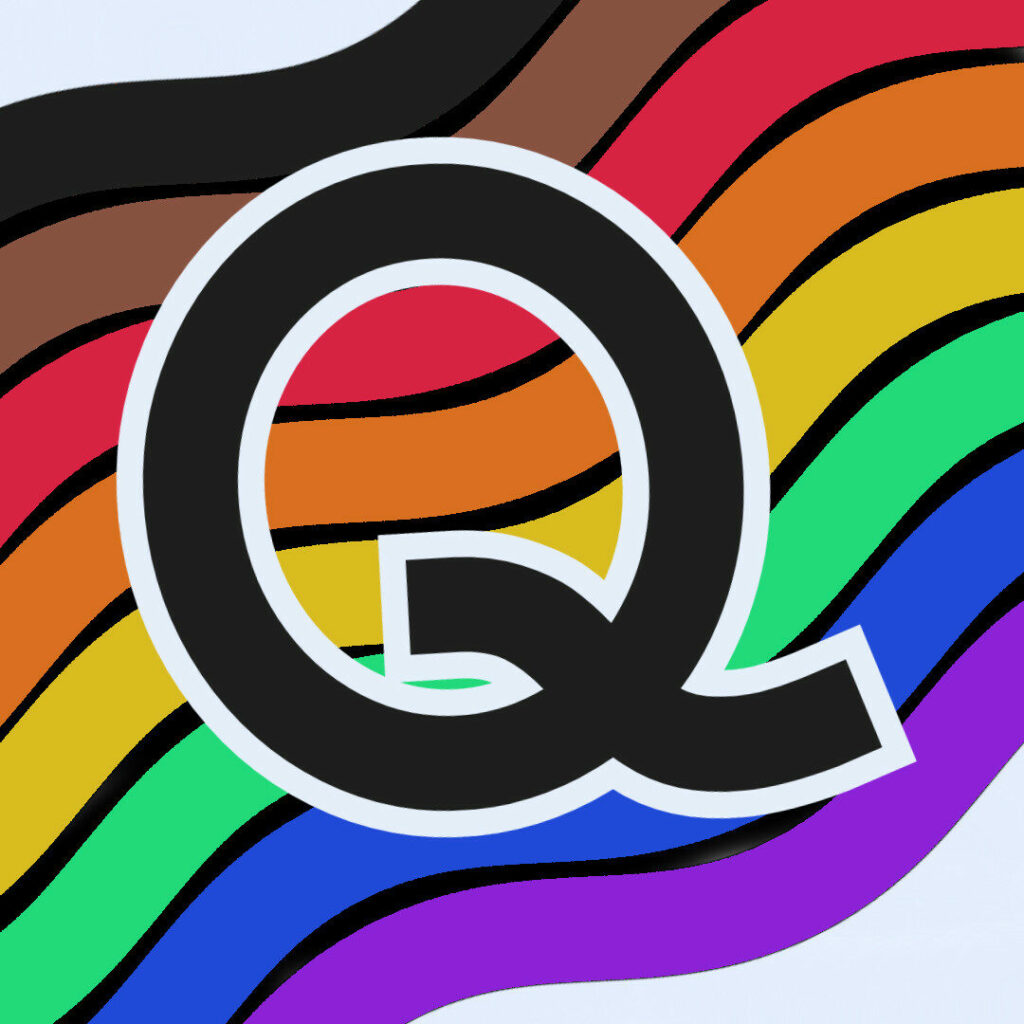Starting LGBTQ+ Outreach

Table of Contents
A Queerbrary Quick Start Guide#
Outreach is how a library grows. We gain new patrons by connecting to underserved populations, listening to their needs, and either a) connecting them to services we have that meet that need or b) adding services in order to be more useful to them. If you’re on this page, I’m going to guess that your library (or system, consortium, what have you) has yet to make a connection to the LGBTQ+ community. Or maybe you have, but it begins and ends with driving the bookmobile in the Pride parade. Parades are a good thing to participate in, but they’re simply lip service without the outreach and services to back up your activism.
Institutional Support#
First, I recommend getting support from your library. Outreach is useless if you don’t have buy-in from collections or programming to provide services to your new demographic. Administrators may or may not be on board, and some might find outreach to queer communities to be a liability. How do you convince them that the LGBTQ+ community is worth the effort of an outreach campaign? That’ll vary wildly depending on where you are – a big library system with lots of resources will likely be more open to it than a small, one branch library with limited (or overstretched) staffing. Either way, be prepared for a heated discussion. Bigotry exists everywhere. Come to the table with statistics and your passion for the queer community.
Finding Community Partners#
Once armed with institutional support, it’s time to reach out to the community! But…how does one do that? You’ll need to find an organization or two to start. Most larger cities and counties have Pride organizations, which are usually the most organized queer presence in the area they inhabit. There are also typically a couple of organizations focused on smaller segments of the LGBTQ+ community writ large, like a BIPOC group, a youth program, a homeless shelter for LGBTQ+ individuals, an AIDS organization. If you’re not in a city, I actually recommend going to Twitter or Instagram and searching LGBTQ+ [your town/county name here]. You might find some small organizations or meetups that address the needs of queer individuals. Regardless of area, I especially recommend reaching out to the more underserved populations within queer spaces, otherwise you run the risk of solely helping the LGBTQ+ people who need the least help.
Now, you need to reach out! You could send an email, but that’s unlikely to be met with enthusiasm from the organization you’ve contacted. Your best bet for making contact is to go to one of their events! Have fun, meet people, and try to find a representative for the group. Bring a business card and let them know you are going to reach out. THEN you can email them. Lots of queer organizations are holding online events, so please consider attending one of those during our plague-filled times. In the email, you should set up another meeting so that you can discuss what their community needs. They probably will not know why you want to meet with them. Be honest! Tell them how you know that the library isn’t providing services that directly help the queer community right now, and that you want to make it right. Tell them your ideas for things that might help, and listen to their responses! They might love your ideas, they might find them stupid. If so, ask what they think would be better.
The ultimate goal is to form a partnership. If you can find a way to have a joint program in the future, or to work on grants for queer collection funding, or if you can represent the library at their career festival, DO IT! If it’s your goal to get more queer people into the building to use your services, you want to do it with a name they trust. That’s the quickest and smoothest way to create services that will be used and loved.
Do you have tips, tricks, or success stories you’d like to share? Comment below! I’d love to see what’s worked for others.
Photo description and credit: People walking across a rainbow crosswalk. Photo by Greg Rosenke on Unsplash .
